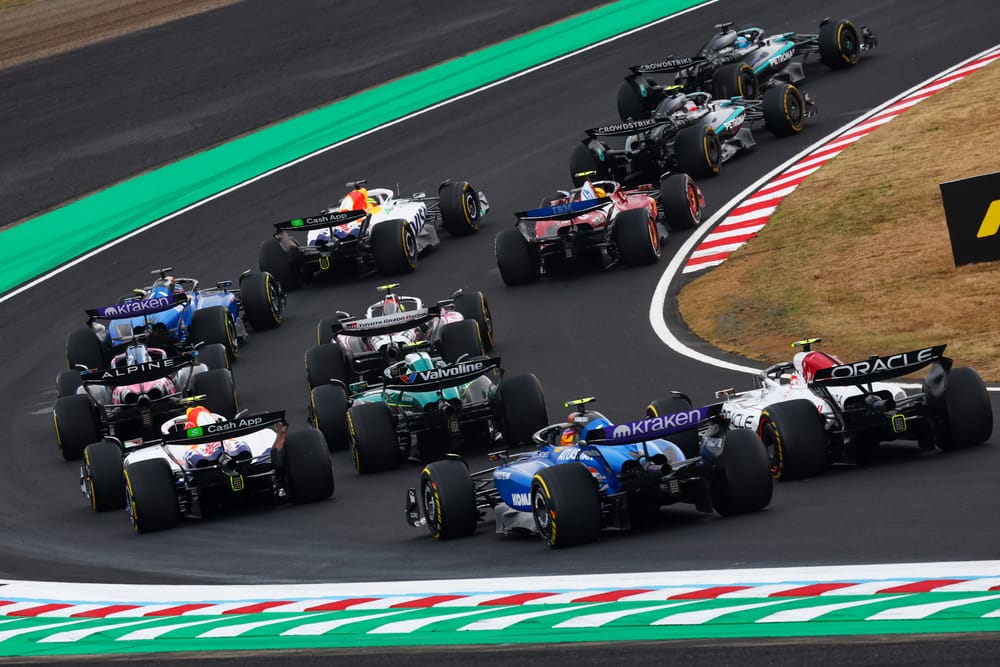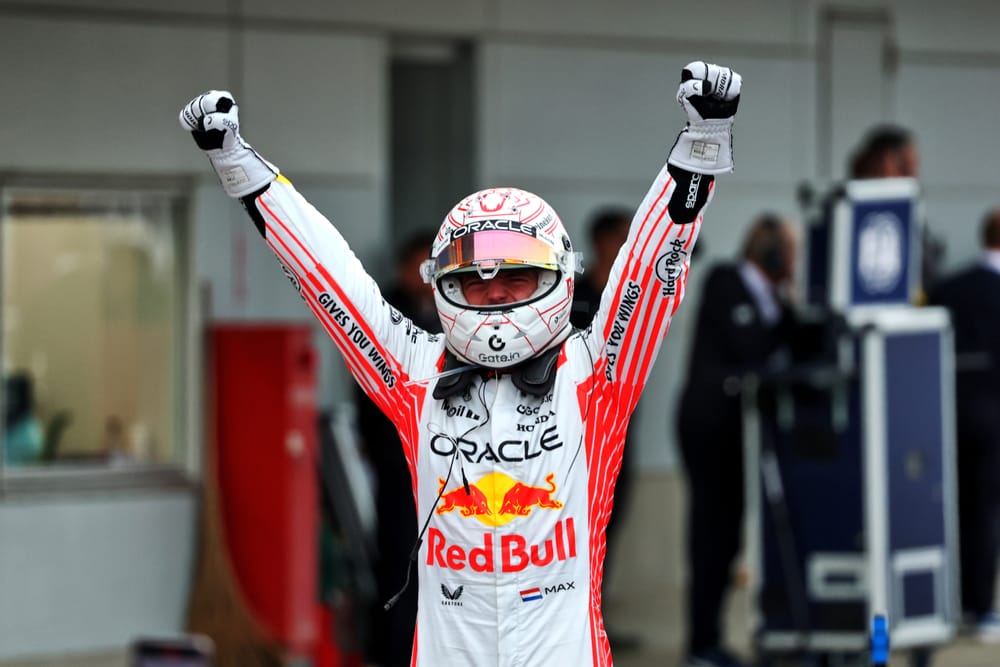Lewis Hamilton dropped some intriguing remarks after the Japanese Grand Prix pointing to a “deficit” between something on his Formula 1 car and that of Ferrari team-mate Charles Leclerc.
After another challenging F1 weekend in Japan, in which he came home in seventh place, three places behind Leclerc, Hamilton pointed to his team having found a root cause of where his form was suffering.
Speaking to written media in the Suzuka paddock, he suggested that changes coming in the pipeline would address the issue.
“I'm really hoping in the next race we'll see hopefully some positive changes,” he said.
“Through the first three races there’s been a bit of a deficit between both sides of the garage on an element of the car.
“On my side, something is underperforming. It's good to know. With what I had, that's the best result I could get.”
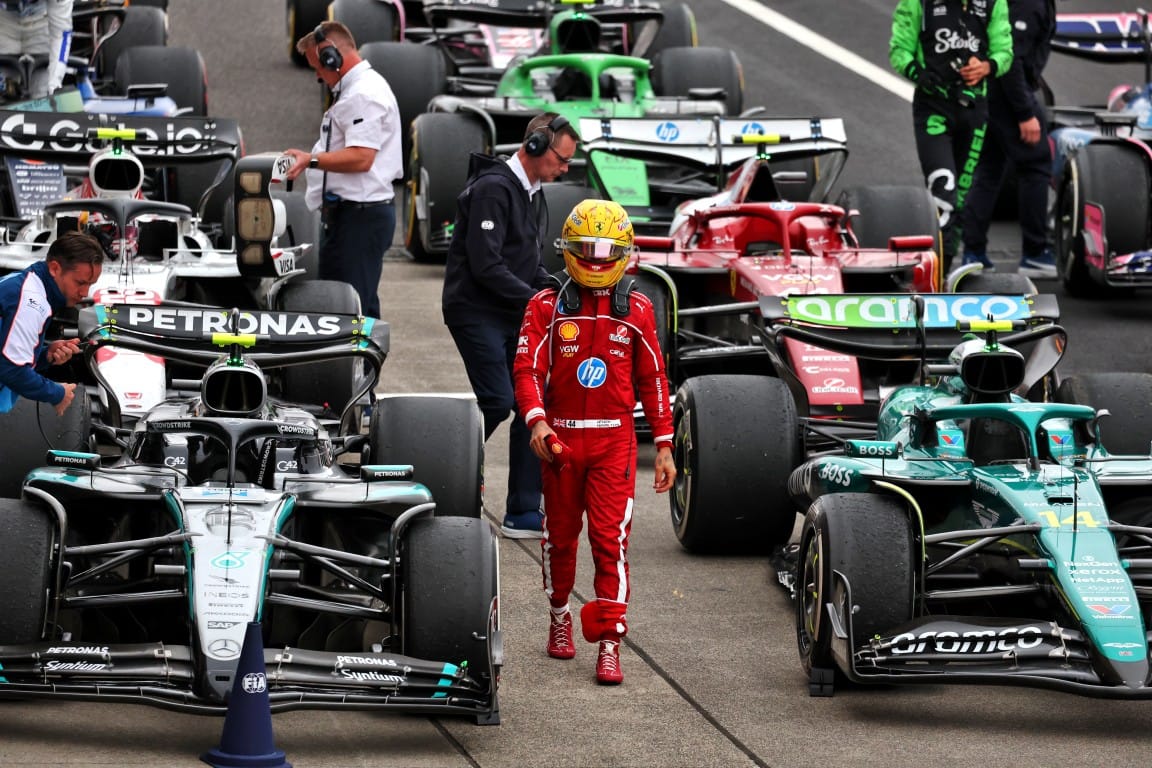
Further elaborating on this mystery ‘element’ of the car, Hamilton said: “We found something on the car that's been underperforming the last three races. I'm really hoping that when that's fixed, I'll start getting a bit better results.
“I'm losing just over a tenth a lap with this issue we have. I'm hoping in the next race it's fixed.”
Hamilton’s comments are very open to interpretation, and it would be all too easy to ponder if he is hinting at things not being totally equal across both sides of the Ferrari garage.
But it would be wrong to definitively take this as inference that there are parts that Leclerc has on his car that are of a better specification and would automatically make Leclerc faster.
Instead, the most logical explanation for what Hamilton is pointing to is the set-up divergence that has been taking place across both cars in recent races.
At the season-opening Australian Grand Prix, as Hamilton got up to speed at his new team, he pretty much relied on Ferrari to lead the way in coming up with the best approach that it felt was needed for the Albert Park weekend.

But having learned so much in Melbourne, Hamilton felt confident already in China to do things more his own way.
As he reflected ahead of the Shanghai weekend: “We’re just going to set the car up a bit different this weekend. I’m still having to take a viewing seat how the team operates.
“It [Australia] was the first weekend to see how they operate on the race weekend, which is different to testing – how they like to set the car up, the changes they like to make during the weekends.
“As I get more and more comfortable and more knowledgeable about the car, I can start making more decisions, and say, ‘actually, this is the set-up change I want to go with’."
Hamilton’s push to do his own thing paid off with a brilliant sprint pole and victory in China.
But, as he then made changes to further fine-tune things for the main race in Shanghai, Hamilton got it wrong as he ended up with a car that he was not so comfortable with.
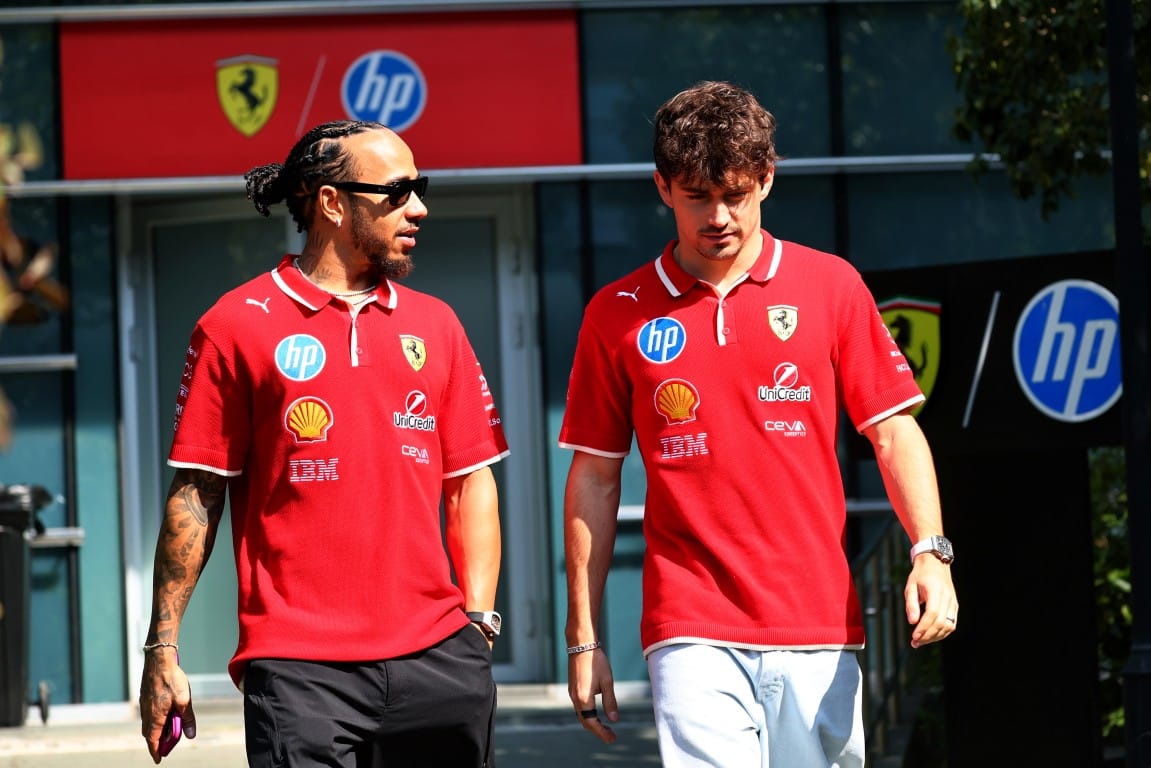
This was in contrast to Leclerc - whose own set-up was much better suited to how things played out in the main China race.
Things were then further compounded when Hamilton was disqualified from the race after it was found afterwards that his plank had worn away too much - a consequence of the ride height being too low.
Fast forward to Suzuka and Hamilton’s set-up experiments have continued – as he elected to again do his own thing.
On top of that, however, was an approach from the team in being much more conservative with its ride height to avoid a repeat of the problem encountered in China – even if it meant it was leaving some performance on the table.
This was confirmed in an interview that Hamilton gave to Sky after qualifying.
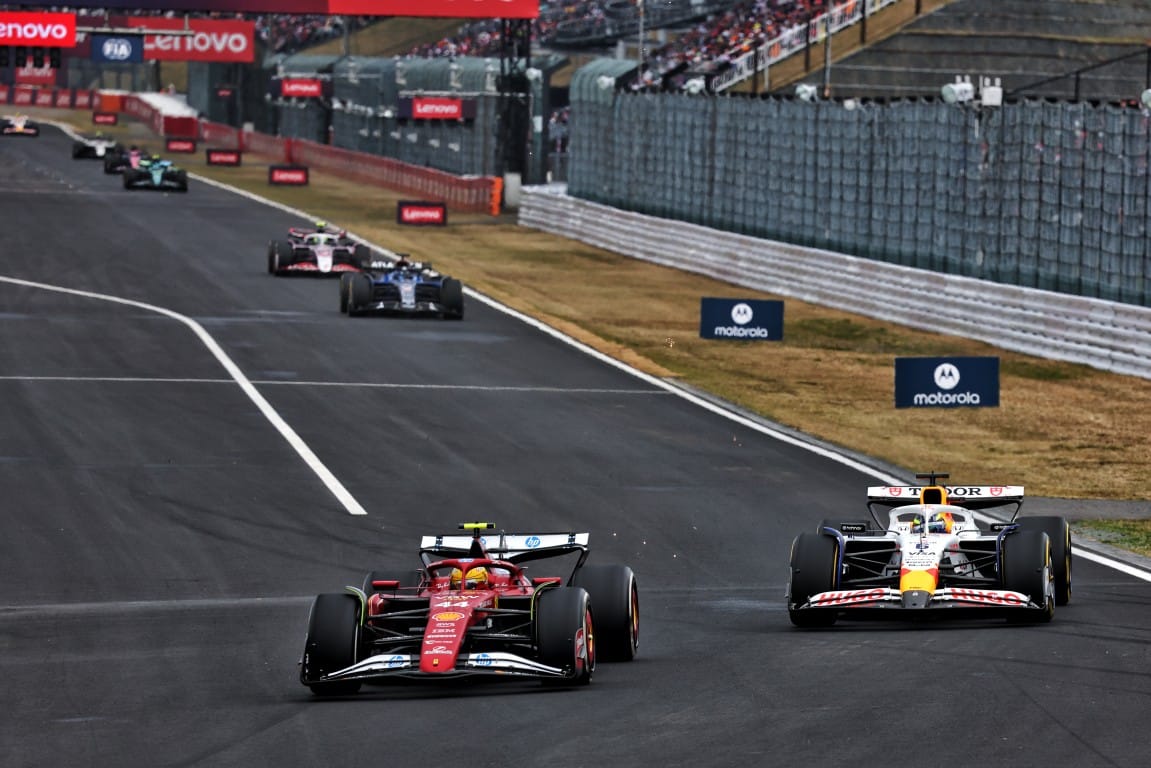
“Yes, we are running higher than we would like,” he said. “I don't know if everyone is in the same boat in that respect, but particularly obviously after the last race, we're a bit higher than we want to be.
“Usually, it's the knock-on effect from a weekend like we had before. But Charles did an amazing lap today for me. We went in a different direction on the set-up, and we had a lot of understeer, and could not dial it out through qualifying.”
Hamilton has also talked about an “underperformance happening at the rear of the car”.
The extent of the differences between the set-ups that both Ferrari drivers are running has not been explained in detail, although it was well known from Hamilton’s Mercedes days that he leaned towards running the car as low and stiff as possible.
So if he has been unable to do that because of what happened in China and the subsequent need to lift the car, which will have cost him laptime, then it would be an obvious ‘element’ of difference.
From Ferrari team boss Fred Vasseur’s perspective, the differences between the cars of Hamilton and Leclerc at the moment are coming down to driver preference – as both search for ways to find the best performance they can from these complicated ground effect machines.
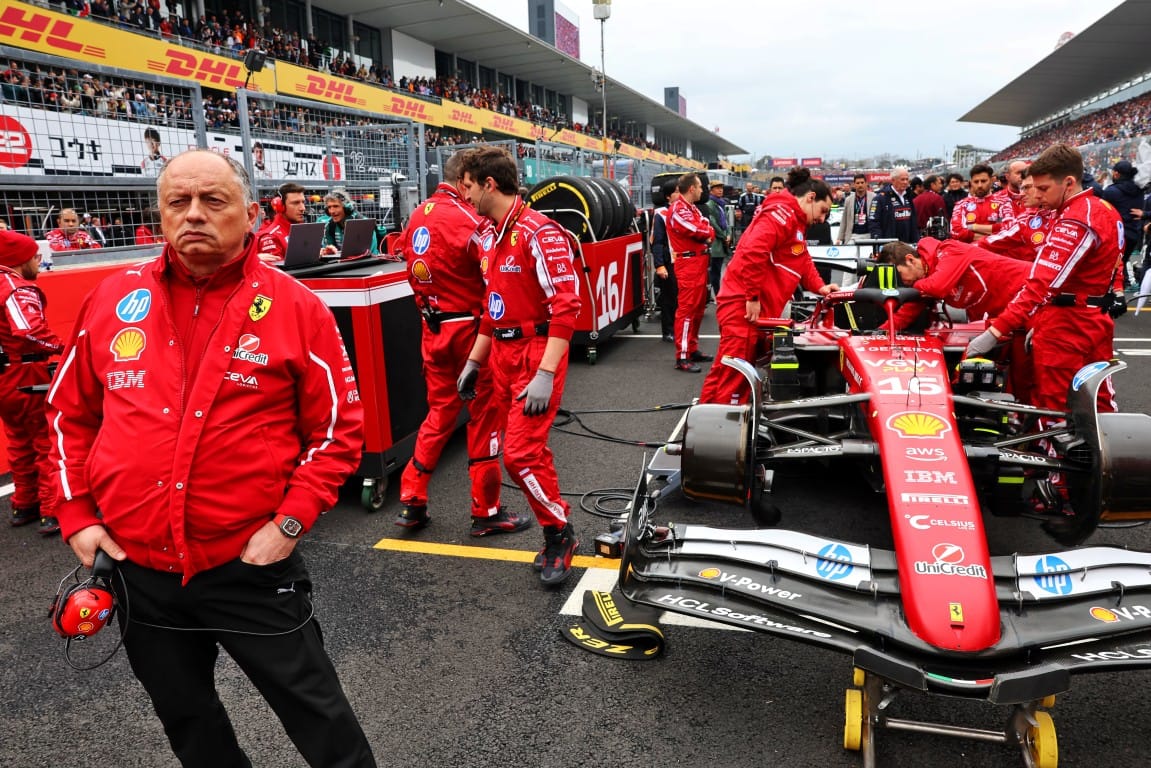
“The balance and so are linked to their choices," Vasseur said.
“We are still exploring the new car and we are taking different directions to suit the drivers.
"I think Bahrain will be a different picture because we did three days in Bahrain last month, and we are more in control.”
Potential changes to the car there that could help address the ride height issue, and push the SF-25 into an area lower to the ground that all teams are chasing, would certainly help unlock some added performance from Hamilton’s perspective.
And as he suggested himself to Sky on Sunday in Japan: “When that new component comes, hopefully it [the problem] will be gone and it'll be the same across cars.”


